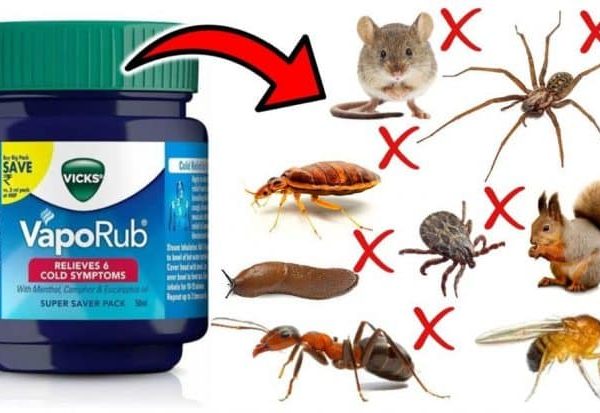Growing peanuts from store-bought nuts can be a fun and rewarding gardening project. Here’s a step-by-step guide on how to cultivate peanuts right in your own backyard:
1. Selecting the Right Peanuts
- Type of Peanuts: Opt for raw, unroasted, and unsalted peanuts. These are more likely to germinate than the roasted or salted varieties.
- Purchase Organic: If possible, purchase organic peanuts as they are less likely to have been treated with growth inhibitors.
2. Preparing the Soil
- Soil Requirements: Peanuts require well-draining, fertile soil with a pH between 5.9 and 7.0. You can test your soil’s pH and amend it accordingly.
- Tilling: Loosen the soil to a depth of about 12 inches and mix in some compost or aged manure to improve fertility.
3. Planting the Peanuts
- When to Plant: The best time to plant peanuts is in late spring when the soil has warmed up to at least 65°F.
- Planting Depth: Plant the peanuts 1 to 2 inches deep and about 6 to 8 inches apart. Make sure the peanuts are covered lightly with soil.
4. Caring for Peanuts
- Watering: Peanuts need about 1 to 2 inches of water per week, especially during flowering and pegging (when the plant starts producing the peanuts).
- Weeding: Keep the area around the peanuts weed-free. Weeds can compete for nutrients and water.
5. Harvesting
- Harvest Time: Peanuts are ready to harvest when the leaves turn yellow and the veins of the shells become prominent, typically about 4 to 5 months after planting.
- Digging Up Peanuts: Use a fork to gently lift the plant from the soil, being careful not to damage the peanuts.
6. Drying and Curing
- Drying: After harvesting, shake off any excess soil and hang the plants in a warm, dry place. Allow the peanuts to dry for a few weeks until the shells are completely dry.
- Curing: Curing peanuts further improves their flavor and storage life. Keep them in a well-ventilated area for about two weeks.
By following these steps, you can successfully grow peanuts from store-bought nuts. This not only provides a tasty snack but also adds a unique element to your home garden.
Show Comments



